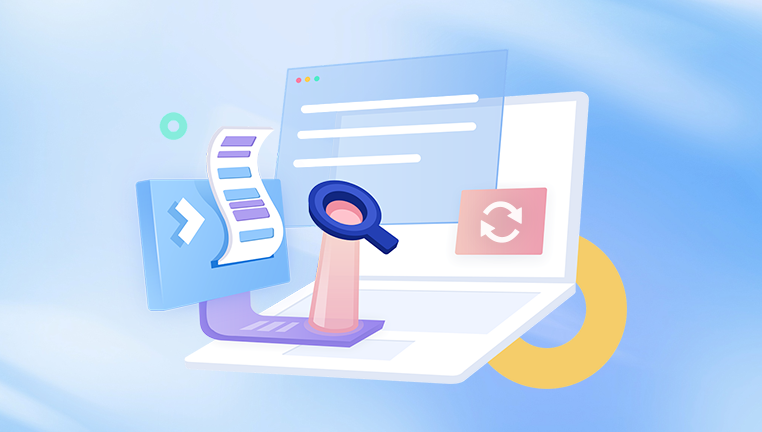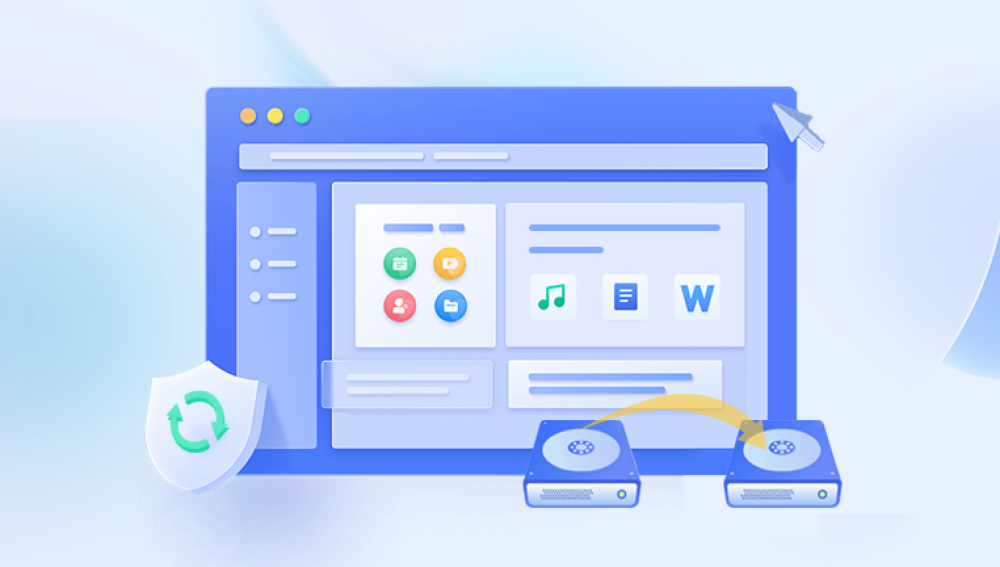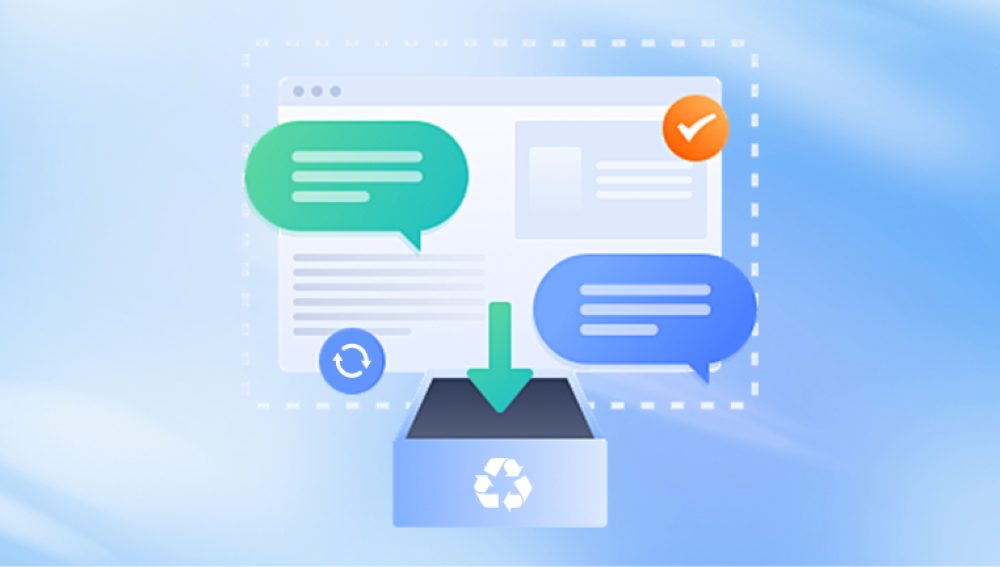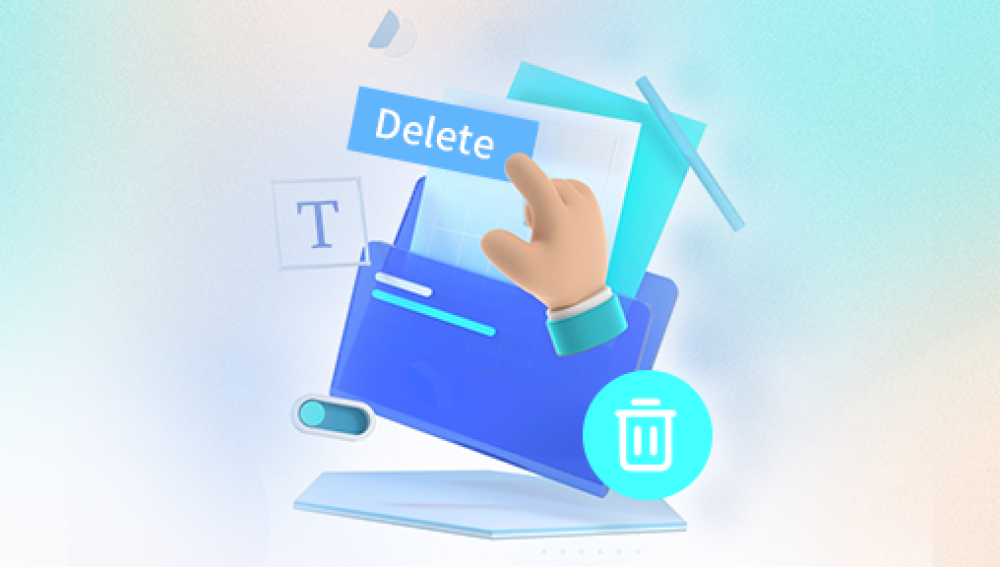Known for their durability, capacity, and affordability, Seagate drives are a top choice for backups, file transfers, and long-term storage. However, before using a Seagate drive especially a new one you may need to format it properly to ensure it works seamlessly with your Windows 11 system.
What Does Formatting a Drive Mean?
Formatting a hard drive is the process of preparing it for data storage by setting up a file system. This process includes:
Creating partitions.
Assigning a drive letter.
Installing a file system such as NTFS or exFAT.
Erasing any existing data (unless doing a quick format).
A formatted drive becomes readable and writable by the operating system, allowing for efficient file storage and retrieval.

Why Format a Seagate External Hard Drive?
There are several reasons why you may need to format your Seagate external drive:
It’s brand new and unformatted.
It’s formatted for macOS or Linux and unreadable on Windows.
You want to change the file system (e.g., from exFAT to NTFS).
You’re troubleshooting drive errors.
You want to securely erase old data.
Understanding File Systems: Which One Should You Choose?
When formatting your Seagate drive for Windows 11. you’ll need to select a file system. Here are the most common options:
1. NTFS (New Technology File System)
Best for: Windows-only environments.
Supports large files and volumes.
Allows file permissions, compression, encryption.
Not compatible with macOS without third-party software.
2. exFAT (Extended File Allocation Table)
Best for: Cross-platform use (Windows, macOS, Linux with support).
No file size limit (unlike FAT32).
Lightweight and versatile.
No advanced features like NTFS.
3. FAT32 (File Allocation Table)
Best for: Compatibility with older systems.
Max file size: 4GB.
Max partition size: 32GB (in Windows).
Obsolete for large drives or modern use.
Recommendation:
If you're using your Seagate drive only on Windows 11. format it to NTFS.
If you want cross-platform compatibility (Windows and Mac), go with exFAT.
Precautions Before Formatting
Before you start formatting, keep these things in mind:
Backup your data: Formatting will erase all existing files on the drive.
Use the correct file system: Depending on how you plan to use the drive.
Eject the drive safely: Always disconnect the drive using “Safely Remove Hardware” to avoid corruption.
Check drive health: If the drive has physical or logical issues, formatting may fail.
Method 1: Formatting Using File Explorer (Quick and Easy)
This is the most straightforward method to format your Seagate external drive on Windows 11.
Steps:
Connect the Drive: Plug your Seagate external drive into a USB port.
Open File Explorer: Press Windows + E or click the folder icon on the taskbar.
Locate Your Drive: In the left-hand panel, find your Seagate drive under “This PC”.
Right-Click the Drive: Select “Format” from the context menu.
Choose Settings:
File system: Choose NTFS or exFAT.
Allocation unit size: Default is usually fine.
Volume label: Give your drive a name (e.g., “SeagateBackup”).
Quick Format: Leave this checked unless you want a full format.
Click Start: You’ll get a warning that all data will be erased.
Confirm: Click “OK” to proceed.
The formatting process typically takes a few seconds to minutes, depending on the size of the drive and selected options.
Method 2: Using Windows Disk Management
Disk Management gives you more control over partitions and volumes.
Steps:
Right-click Start Menu: Select “Disk Management”.
Locate the Seagate Drive: Look for your external drive (it may be labeled “Disk 1”, “Disk 2”, etc.).
Right-click the Volume: If it’s already partitioned, right-click and choose “Format…”.
Set Format Options:
Volume label
File system
Allocation unit size
Perform a quick format (check or uncheck as needed)
Click OK: Confirm your decision and let Windows format the drive.
If your Seagate drive appears as Unallocated, you’ll need to first create a new volume:
Right-click the unallocated space.
Select “New Simple Volume”.
Follow the wizard to assign a drive letter and format.
Method 3: Using Command Prompt (For Advanced Users)
For those who prefer command-line tools, the Command Prompt provides a powerful alternative.
Steps:
Open Command Prompt as Admin:
Press Windows + X > Choose “Terminal (Admin)” or “Command Prompt (Admin)”.
Type diskpart and hit Enter.
List Disks:
nginx
list disk
Select Your Seagate Disk:
bash
select disk X
Replace X with your Seagate drive number.
Clean the Drive (Optional):
nginx
clean
This deletes all partitions.
Create New Partition:
sql
create partition primary
Format the Partition:
lua
format fs=ntfs quick
Or use format fs=exfat quick for cross-platform compatibility.
Assign Drive Letter:
objectivec
assign
Exit Diskpart:
bash
exit
Your Seagate drive should now appear in File Explorer with the new file system.
Method 4: Using Seagate’s Official Tools
Seagate offers a utility called Seagate Toolkit, which simplifies tasks like formatting, backup, and syncing.
Steps:
Download and Install Seagate Toolkit:
Available on Seagate’s official website.
Launch the Toolkit.
Select Your Drive: Toolkit will automatically detect all connected Seagate drives.
Choose Format Option:
Follow the interface to choose your file system and label.
Start the Format Process.
Toolkit is ideal for users who prefer a branded and guided experience.
Troubleshooting Formatting Issues
1. Drive Not Recognized
Try a different USB port or cable.
Update USB or chipset drivers.
Check Device Manager > Disk drives.
2. "Windows Was Unable to Complete the Format"
Use Disk Management to delete the volume and recreate it.
Run CHKDSK:
bash
chkdsk X: /f
3. Drive Appears as RAW
Use Disk Management to reformat.
If data recovery is needed, try tools like Recuva or Stellar before formatting.
4. Access Denied Error
Run formatting tools as Administrator.
Take ownership of the drive via drive properties > Security tab.
5. Formatting Takes Too Long
Uncheck “Quick Format”.
Use DiskPart’s clean command before formatting.
Tips for Optimizing Your Seagate Drive for Windows 11
Enable BitLocker (Optional): Add encryption for security.
Defragment Regularly (HDD only): Use “Defragment and Optimize Drives” in Windows.
Safely Eject Drives: Prevent corruption and data loss.
Monitor Health: Use tools like CrystalDiskInfo to check drive condition.
What Happens After Formatting?
Once your Seagate drive is formatted:
It’s assigned a drive letter and appears in File Explorer.
You can create folders, copy files, and use it for backups.
Windows may prompt you to use it with File History or Backup & Restore.
If you used exFAT, it will work with Macs (without needing to reformat).
Alternatives to Formatting
If you're formatting just to clear space or fix issues, consider these options first:
Delete Unwanted Files: Avoid wiping everything.
Run Error Checking: Use the “Tools” tab in drive properties.
Scan for Malware: Sometimes issues arise from infections.
Reassign Drive Letters: If a drive is not appearing, changing its letter might help.




